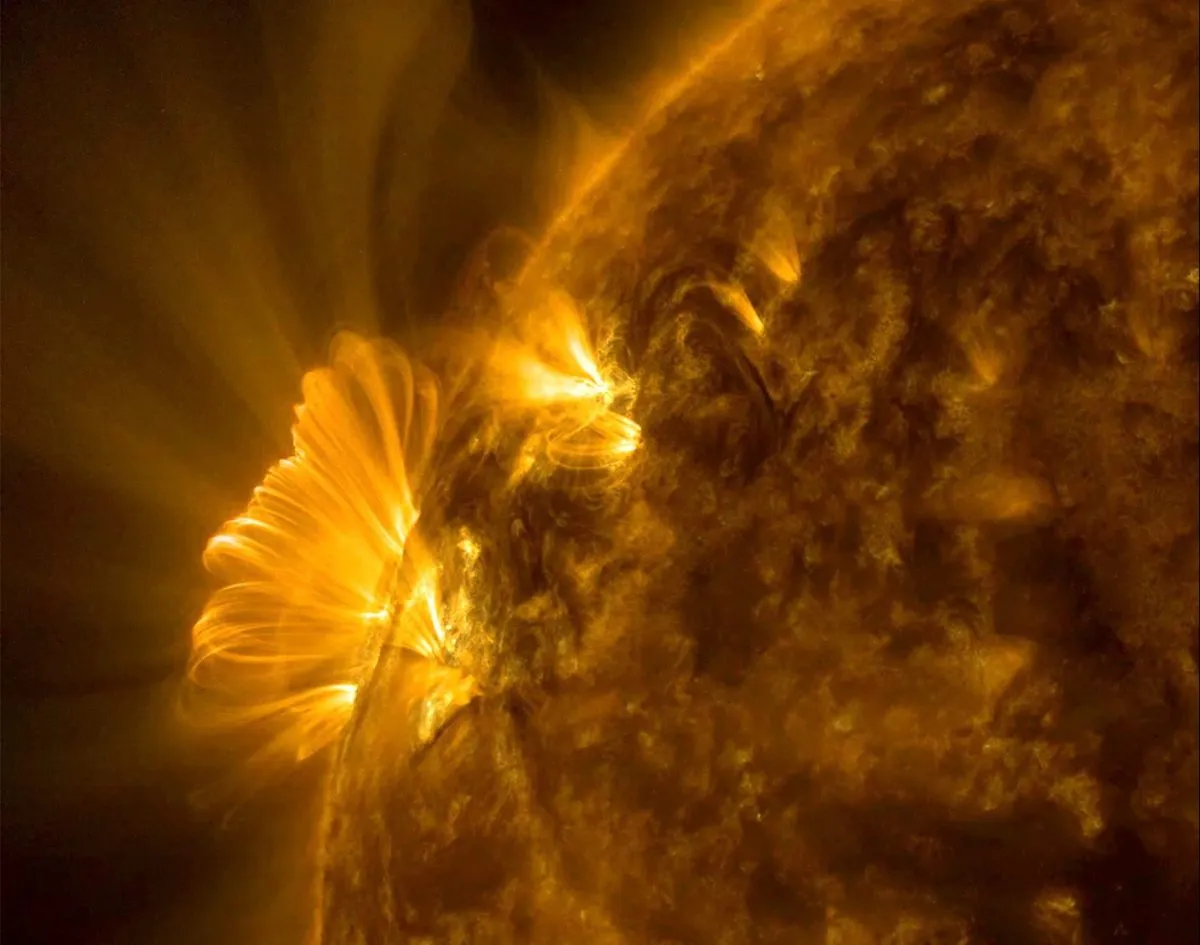Solar Cycle 25 has officially begun. After a year and a half with barely any sunspots, a group of astronomers, known as the Solar Cycle 25 Prediction Panel, have announced the Sun’s activity has been climbing since December 2019, marking the beginning of what's known as a new Solar Cycle.
"We keep a detailed record of the few tiny sunspots that mark the onset and rise of the new cycle," says Frédéric Clette, part of the panel and head of the World Data Centre for the Sunspot Index and Long-term Solar Observations (SILSO).
"These are the diminutive heralds of future giant solar fireworks. It is only by tracking the general trend over many months that we can determine the tipping point between two cycles."

Though astronomers track the cycle on the Sun’s surface, its origin stems from the motion of plasma deep within our star. This movement creates its magnetic field, but as the Sun spins it churns up this plasma.
Over time, this motion drags the magnetic field lines away from the poles towards the equator; eventually the field lines straighten out, but with their direction reversed. This flip takes around 11 years to occur and is the physical basis of the solar cycle. For more on this, read Lucie's Green's guide to the Solar Cycle.

If the sunspots continue to follow their current trend, the panel predict the peak of solar activity in Cycle 25 will occur some time between November 2024 and March 2026.
At this time not only will there be more sunspots, but more solar flares and mass ejections from the Sun too, which could mean bigger and brighter auroral displays here on Earth.
It’s important to know when such solar outbursts will be particularly intense as their radiation can damage space equipment, as well as satellites and the communications and location services that rely on them.

For NASA, there is the added concern that peak activity will fall during the timeframe it hopes to fly astronauts to the Moon, beyond the protective shield of Earth’s magnetosphere, with the Artemis program.
The panel expect this cycle to be relatively weak, as solar activity has been trending downwards since the 1980s, but this might not be enough to be risk free.
“Just because it’s a below-average cycle, it doesn’t mean there is no risk of extreme space weather,” says Doug Biesecker, co-chair of the panel and a solar physicist at NOAA’s Space Weather Prediction Center. “The Sun’s impact on our daily lives is real and is there.”
For more information about the research, visit the SILSO website. Ezzy Pearson is BBC Sky at Night Magazine's news editor.
